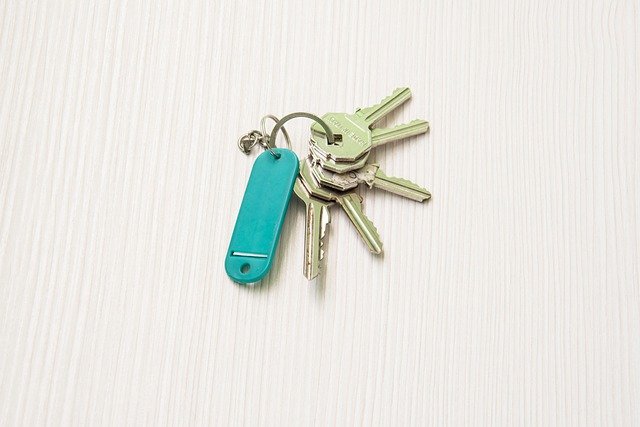Locksmith Services, Training, and Practical Security Information
A locksmith provides practical services related to locks, keys, and physical access control, but the role also spans emergency work, installation, and advising on security. This article explains what locksmiths do, how locksmith training works, the common lock types and key systems you may encounter, and the security services locksmiths can provide. The goal is to help readers understand when to consult a locksmith and what to expect from certified practitioners and local services.

What does a locksmith do?
A locksmith installs, repairs, and maintains locking systems in residences, businesses, and vehicles. Tasks commonly include rekeying existing locks so old keys no longer work, replacing damaged lock hardware, and providing emergency entry when someone is locked out. Locksmiths may also perform security assessments — evaluating door frames, strike plates, and lock quality — and recommend improvements. Many operate mobile units to respond to calls for roadside or on-site service, while others work in retail or workshop settings for more complex tasks such as safe servicing or master-key system design.
How does locksmith training work?
Training for locksmiths varies by jurisdiction but typically combines classroom learning, hands-on practice, and apprenticeships. Formal programs cover lock mechanics, key cutting, safe work, electronic access control, and legal aspects like authorization and documentation. Apprenticeship or on-the-job training with an experienced locksmith is common and essential for developing practical skills like manual key impressioning and non-destructive entry techniques. Certifications from trade organizations or vocational schools can demonstrate competence, but licensing requirements depend on local regulations. Continuing education increasingly includes electronic security, smart locks, and networked access control to keep pace with technology.
What types of lock are common?
Residential and commercial settings use several common lock families: pin tumbler deadbolts, lever locks, rim locks, and cylinder locks. Deadbolts and knob/lever locks are typical on homes; commercial buildings may use mortise locks, exit devices, or keypad-operated hardware. Vehicle locks include wafer-style and electronic immobilizer systems. In recent years, smart locks that communicate via Bluetooth, Wi-Fi, or Z-Wave have become more common; they combine mechanical components with electronics and require combined mechanical and digital expertise for installation and troubleshooting. Understanding the lock type helps determine repair methods, replacement parts, and the level of security provided.
How are keys made and managed?
Key cutting remains a core locksmith service, ranging from simple house keys to more complex restricted or high-security keys. Traditional key duplication uses mechanical cutters that trace a template, while modern systems may require coded blanks, proprietary machines, or authorized dealer access for restricted keys. Key management also includes creating master-key systems where several keys open subsets of locks, and maintaining records for who has which key. For electronic access, key management shifts to credential issuance and digital lifecycle management — issuing, revoking, and logging virtual keys or access codes. Proper documentation and controlled distribution of keys or credentials are critical to maintaining security over time.
What security services do locksmiths provide?
Beyond installing locks, locksmiths can advise on practical security upgrades such as reinforced strike plates, longer screws, security-grade deadbolts, and door-frame reinforcement. Many offer installation of safes, mailbox locks, and commercial access control systems including keypads, proximity readers, and smart-lock integrations. Locksmiths often perform security audits that identify weak points like poorly fitted doors, glass near locks, or outdated cylinder types. For businesses, services may include master-key design, restricted key systems, and integration with alarm or CCTV systems. When seeking help, consider checking local services and confirming that the locksmith documents authorization before performing non-emergency entry.
Conclusion
A locksmith’s work covers a range of mechanical and electronic skills: installing and repairing locks, producing and managing keys, conducting security assessments, and adapting to newer smart-access technologies. Training pathways mix classroom instruction with hands-on apprenticeships, and services extend from routine key cutting to designing master-key and access control systems. When selecting a locksmith or evaluating an upgrade, look for documented credentials, clear service descriptions, and references from local services to ensure work matches your security needs.






